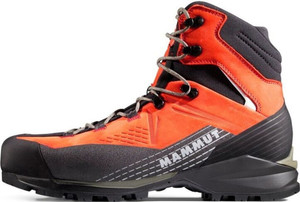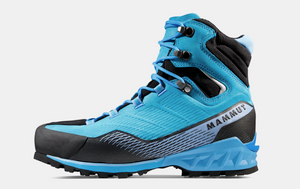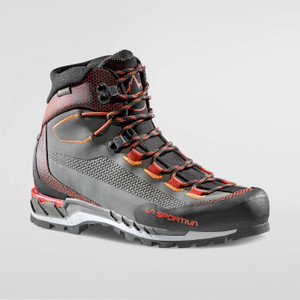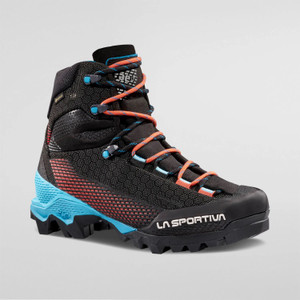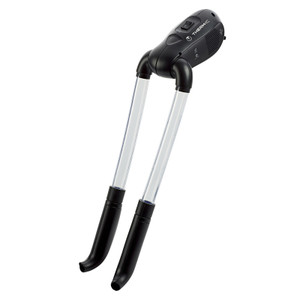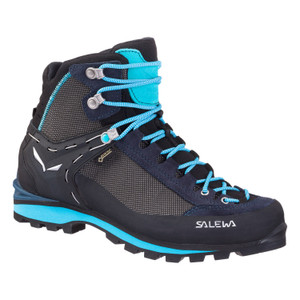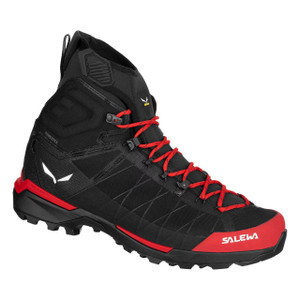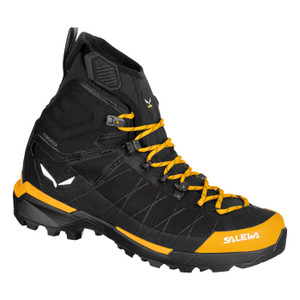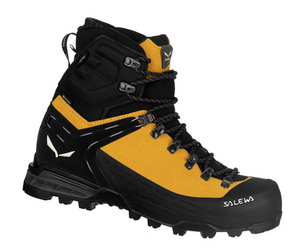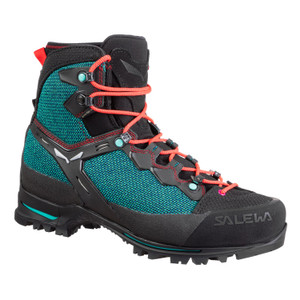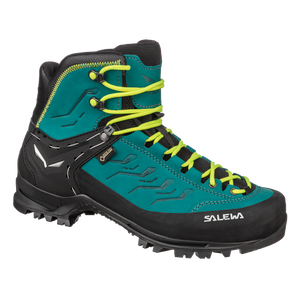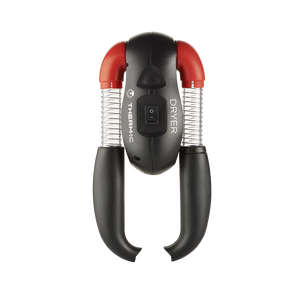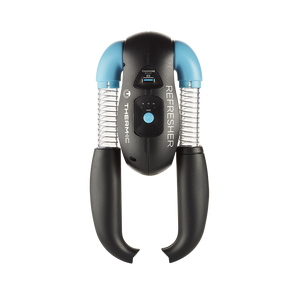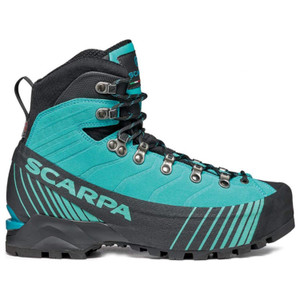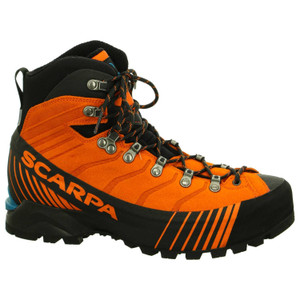
Mountaineering boots are heavy-duty, insulated boots specifically designed for climbing mountains, glaciers, and alpine environments. They are built to handle snow, ice, rock, and extreme cold, offering maximum support, protection, and compatibility with crampons.
Key Characteristics of Mountaineering Boots:
| Feature | Description |
|---|---|
| Insulation | Keeps your feet warm in sub-zero temperatures |
| Waterproofing | Protects against snow, slush, and ice melt |
| Stiff Soles | Prevent foot fatigue and allow for crampon use |
| Crampon Compatibility | Most have welts or grooves to attach metal spikes for traction on ice |
| High Ankles | Provide ankle support and prevent snow entry |
| Durability | Made with strong materials like leather, synthetic fabrics, or plastics |
Types of Mountaineering Boots:
1. Single Boots
-
One-layer design
-
Lighter and more flexible
-
Best for 3-season alpine climbing or non-technical peaks
2. Double Boots
-
Removable inner boot + outer shell
-
Warmer and drier (better for multi-day climbs or extreme cold)
-
Ideal for glacier travel, ice climbing, and high-altitude expeditions
Super Gaiter Boots
-
Built-in gaiter over a single or double boot
-
Extra insulation and protection from snow and moisture
When to Use Mountaineering Boots:
-
Glacier travel
-
Ice climbing
-
High-altitude trekking
-
Winter alpine routes
-
Snow-covered peaks
Pros:
-
Excellent warmth and weather protection
-
Crampon-compatible for icy terrain
-
Durable in rough and rocky environments
-
High ankle support for heavy loads
Cons:
-
Heavy and stiff (not good for casual hiking)
-
Expensive
-
Overkill for mild weather or easy trails
Summary:
Mountaineering boots are built for extreme mountain conditions—cold, snow, ice, and rock. They offer insulation, waterproofing, and crampon compatibility, making them essential for serious alpine climbs, glacier crossings, and winter mountaineering.
Need help choosing between single vs. double boots or picking the right pair for a specific peak or season?

